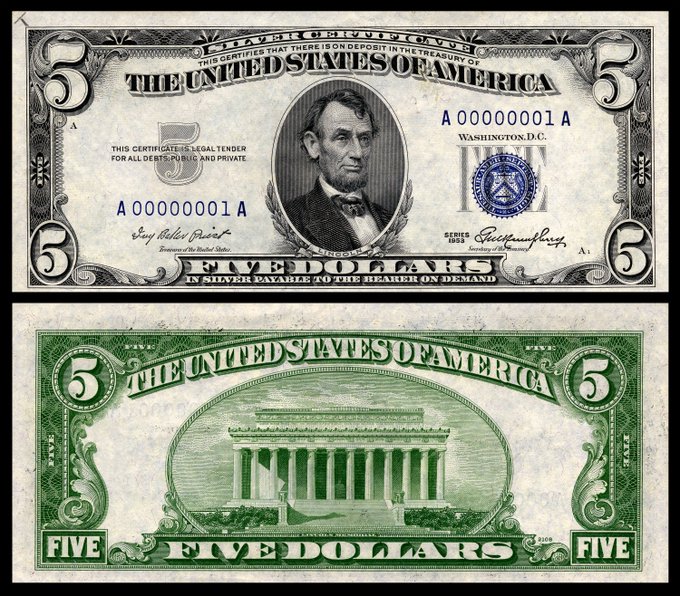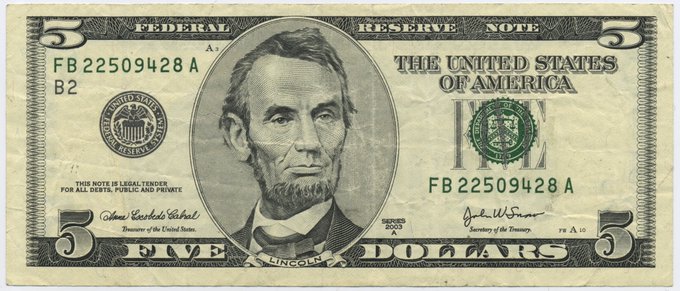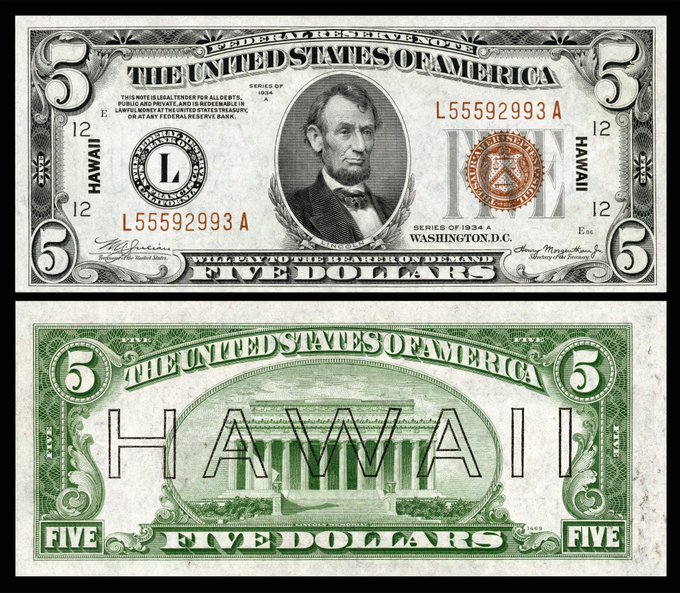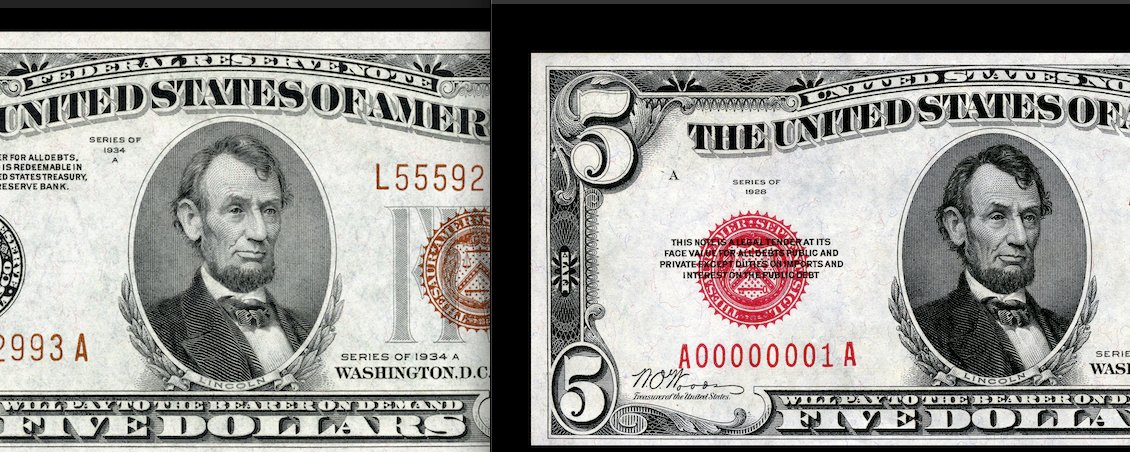United States Notes differed from the later Federal Reserve Notes primarily in their issuing authority and initial backing.
How United States Notes Initially Worked: United States Notes were first authorized by the First Legal Tender Act in 1862 during the Civil War. They were issued directly by the U.S. Treasury to pay for war expenses and other government obligations. This meant the government itself was putting this money into circulation, essentially as a “bill of credit,” without involving lending or borrowing from a central bank. Initially, these notes, popularly known as “greenbacks,” were a form of fiat currency, meaning their value was based on government decree rather than being backed by a specific commodity like gold or silver that could be redeemed on demand. However, later, some United States Notes were redeemable for precious metal after the specie resumption of 1879. The early notes carried an obligation stating they were legal tender for all debts, public and private, except for duties on imports and interest on the public debt.

Difference from Federal Reserve Notes: Federal Reserve Notes, which are the dominant form of U.S. currency today, were authorized by the Federal Reserve Act of 1913, creating the Federal Reserve System as a central bank. These notes are issued by the twelve Federal Reserve Banks, not directly by the Treasury. While printed by the Bureau of Engraving and Printing (the same as United States Notes), Federal Reserve Notes are obligations of the Federal Reserve Banks. When first issued in 1914, Federal Reserve Notes were backed by gold and commercial paper. Over time, particularly after the U.S. abandoned the gold standard in 1971, Federal Reserve Notes also became fiat currency, their value based on public trust in the Federal Reserve and the U.S. economy. Visually, a key difference in small-size notes is the color of the Treasury seal and serial numbers: red for United States Notes and green for Federal Reserve Notes.


United States Notes, also called Legal Tender Notes, were first issued during the Civil War. The $5 denomination featuring Abraham Lincoln on the face and the Lincoln Memorial on the back was issued in several series with distinctive red seals and serial numbers. The size of these notes was reduced to modern standards starting with the Series 1928.
- Series 1928: This series marked the transition to smaller-sized U.S. currency to reduce costs and improve practicality. The red Treasury seal and serial numbers are distinctive features of these notes. The seal on the Series 1928 notes is located on the left-hand side of the bill. Although dated 1928, some of these notes, like the 1928F series, were printed as late as the early 1950s. The 1928 series included several sub-series denoted by letters (e.g., 1928C, 1928E, 1928F). Millions of these notes were printed, and they are relatively common today.
- Series 1953: The $5 red seal notes from this series also feature Abraham Lincoln and the Lincoln Memorial. These notes continued to be issued as United States Notes, or Legal Tender Notes. The red seal on the Series 1953 notes was moved to the right-hand side of the bill. These notes were issued in large quantities to support the growing U.S. economy and were commonly used in everyday transactions. The 1953 series also had sub-series (e.g., 1953A, 1953B, 1953C). Like the 1928 series, these notes are generally common.
- Series 1963: This was the last series of $5 red seal Legal Tender Notes issued for circulation. The red seal remained on the right-hand side, and the notes feature Abraham Lincoln and the Lincoln Memorial. Over 63 million of these notes were printed. The phrasing on these notes is slightly different from the earlier series. The issuance of these notes was discontinued in 1966. While not rare, they mark the end of an era for this type of currency. Star notes (replacement notes for misprinted ones) were also printed for this series.
SOURCES:
apmex.com, wikipedia.org, quora.com, reddit.com, littlecoin.com, oldcurrencyvalues.com, goldeneaglecoin.com, silvertowne.com, collectons.com, ebay.com

